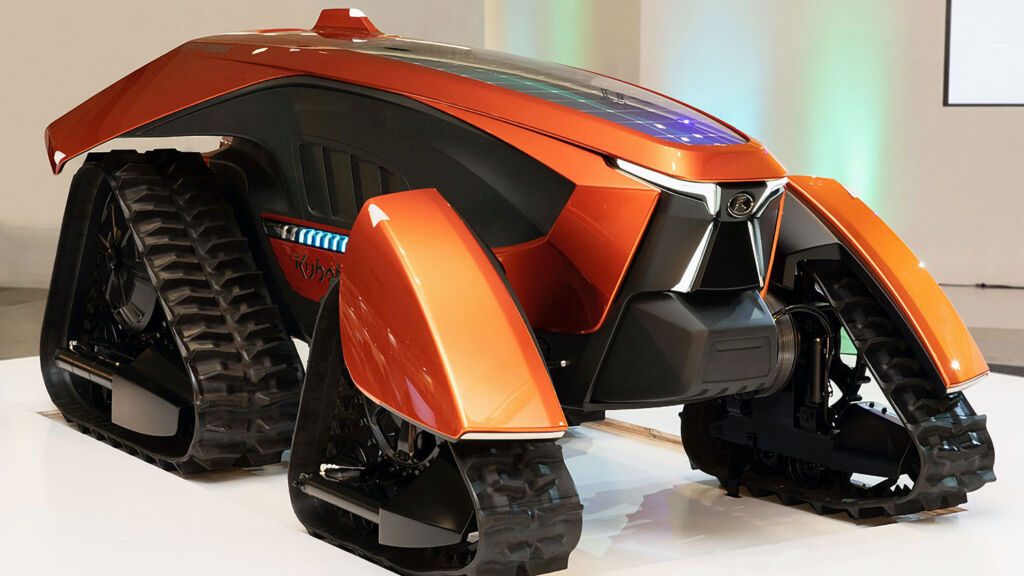

Picture a field of tractors working through the night, a common sight at harvest time. What if there were little noise and no farmers driving the tractors? You would think it spooky and surreal, but this is the future of farming. Agriculture is quickly moving forward, not being sheepish when it comes to new technology replacing people.
IDTechEx is a service providing independent market research, business intelligence and events on emerging technology to clients in over 80 countries since 1999. Their 2020 report on farming into 2030 shows that there will be a significant move in agriculture towards electric vehicles, combined with autonomy.
Farming is Perfect for autonomy as machines can be programmed to run 24 hours, doing routine work. These will be able to charge themselves when low on power, making farming more efficient and economically viable. The electric vehicles will be within enclosed environments meaning safety concerns from using autonomous machines are reduced.
Not since Jethro Tull invented a horse-drawn seed drill in 1700 starting the Agricultural Revolution has there been such a radical change in how farming will move forward. Off course just as when Tull invented his machine, autonomous vehicles will lead to a reduction in workers needed to tend to the land.
Electric Vehicles and Robotics in Agriculture 2020-2030 is the report produced by IDTechEx which is available now. It examines the use of EV technology combining with AI, highlighting that major brands have already built machines bringing the two areas together. These companies have seen the potential of EV machines, following what has been happening in the car industry. Charging is getting quicker, batteries are lasting longer, meaning less downtime. Costs of components are also reducing so viability increases.
The next cost reduction is the person who has to work the machine, this is where the use of AI comes into play. For years tractors and combine harvesters have used some forms of autonomy, with GPS guidance enabling more economical harvesting, sowing and land management. The GPS takes over from the driver and pilots the machine over the fields. Next step is to completely replace the operator with full autonomy.
Modern technology has lead to developments charging vehicles far away from any charging points. This being a significant obstacle with machines that can be miles away from any power source.
Renovagen sells a microgrid of solar cells that comes off the back of a farm truck, unrolling like a carpet along a field, eWind has created tethered drones generating similar 30kW levels of electricity from the wind, explicitly targeting farmers.


Kubota and John Deere have both produced concept tractors building from demand, improving on existing diesel four-wheel-drive vehicles by being robotic with triangular tracks.
The uptake in demand for Robotic EV machines is also seen in the small machines needed within agriculture, like greenhouse requirements and more delicate crop handling. Agrirobots pick fruit more gently than humans, also minimise the use of poisons and increase yields. the machine costs are quickly recouped from savings and increased return on crops.
The reports Executive Summary and Conclusions critically appraises 14 forces on the industry.
Seven reasons for going electric being compared, two infograms of the farm of the future, detail on main trends such as precision and ultra-precision farming, 18 primary conclusions brought alive with tables and graphics, adoption timelines, patent trend graph. See 16 categories forecasted by units, unit price and market value 2020-2030.
For more information, visit www.idtechex.com.
Photo credit: Kubota autonomous electric concept tractor. Kubota.
Read more business-related articles in our dedicated section here.
